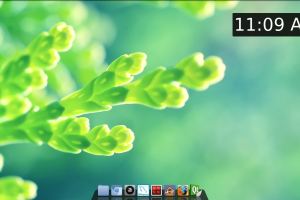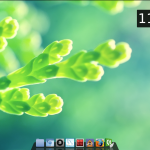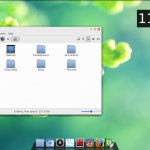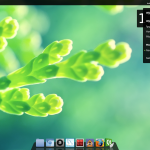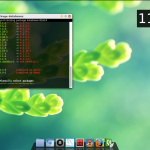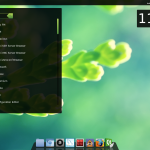At the time I first adopted Ubuntu in 2004/2005, Linux really wasn’t a good choice for the average home user. It was easy to screw up the installation, key hardware like your sound card or network adapter wouldn’t work, you didn’t have software to do basic things like video editing, you probably had to open up a terminal window at some point, and most desktop environments looked ten years behind their competitors.
The Linux desktop today is entirely different, and Ubuntu was part of the story in that shift. They started off by providing an easy installation process and a polished desktop. That’s what drew me into it. They kept up-to-date with the kernels, which meant better hardware support. They worked lots on ease of use around downloading new software and keeping it up-to-date. Meanwhile in the Linux world, software options really started to improve for the general user. GIMP started to become a viable alternative to most Photoshop use-cases. LibreOffice was competitive to Microsoft Office. Hardware support became better than Windows. Desktop Environments like KDE 4, GNOME 3, Unity, Cinnamon best the visuals of Windows and Mac OS.
Then Ubuntu in efforts to expand to new markets started to make some decisions that didn’t work for me as a desktop user. It was time for me to switch. Question was – to what? There were lots of options these days for a solid home desktop experience.
I did however want a few things. I didn’t want to have things break by installing my desktop environment of choice, which is Cinnamon. I wanted software repositories that had fresher content than Debian Testing. I wanted those repositories to also be pretty big. I wanted rolling releases. I wanted a distro with a bit of history to prove that it had some staying power. It needed to be able to run Netflix rather painlessly. Hardware needed to be a non-issue.
I settled on Arch Linux. I’m glad I did. It’s everything I wanted from an operating system.
However, this would definitively not be the one I’d recommend to Linux newbies. There isn’t an installer with Arch. Installing means that you’re dumped into a terminal emulator, and you have to manually partition, configure the bootloader, install base packages, install Xorg, etc. I had to compile WINE from scratch, which took three hours on my little laptop. Bluetooth didn’t work out of the box with Cinnamon 2.0, I needed to switch to a version of the DE from the user community repository. There was a bit of dependency hell before I discovered the yaourt package manager. In the end, it took me two days to get the system working as I wanted.
Arch Linux is wonderful for those who want the latest and like tinkering, but terrible for those who just want a Linux system that works. For them, I’d probably recommend Linux Mint or Ubuntu.

